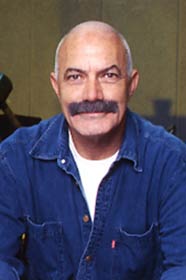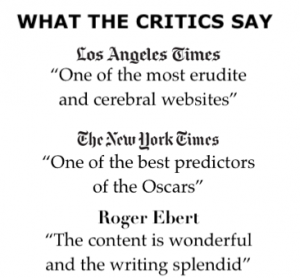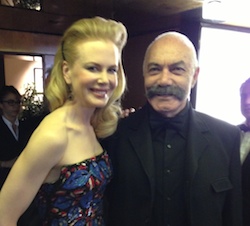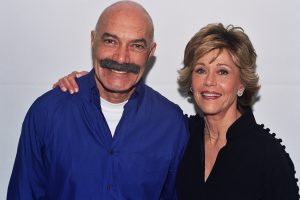The Sundance Film Festival, a program of the Sundance Institute, is the largest and most influential independent film festivals in the United States.
 Held in the second half of January in Park City, Salt Lake City, Ogden, and the Sundance Resort, the festival is a showcase for new work from American and international independent filmmakers.
Held in the second half of January in Park City, Salt Lake City, Ogden, and the Sundance Resort, the festival is a showcase for new work from American and international independent filmmakers.
The festival comprises competitive sections for American and international dramatic and documentary films, both feature-length films and short films, and a group of out-of-competition sections, including NEXT, New Frontier, Spotlight, and Park City At Midnight.
Utah-US Film Festival
 Sundance began in Salt Lake City in August 1978, as the Utah/US Film Festival in an effort to attract more filmmakers to Utah. It was founded by Sterling Van Wagenen (then head of Wildwood, Robert Redford’s company), John Earle, and Cirina Hampton Catania (both serving on the Utah Film Commission).
Sundance began in Salt Lake City in August 1978, as the Utah/US Film Festival in an effort to attract more filmmakers to Utah. It was founded by Sterling Van Wagenen (then head of Wildwood, Robert Redford’s company), John Earle, and Cirina Hampton Catania (both serving on the Utah Film Commission).
The 1978 festival featured films such as Deliverance, A Streetcar Named Desire, Midnight Cowboy, Mean Streets, and The Sweet Smell of Success. Chaired by Robert Redford, and assisted by Utah Governor Scott M. Mathesonmade films, highlight the potential of independent film, and to increase visibility for filmmaking in Utah.
 At the time, the main focus of the event was to conduct a competition for independent American films, present a series of retrospective films and filmmaker panel discussions, and to celebrate the Frank Capra Award. The festival also highlighted the work of regional filmmakers who worked outside of the Hollywood studio system.
At the time, the main focus of the event was to conduct a competition for independent American films, present a series of retrospective films and filmmaker panel discussions, and to celebrate the Frank Capra Award. The festival also highlighted the work of regional filmmakers who worked outside of the Hollywood studio system.
The jury of the 1978 festival was headed by Gary Allison, and included Verna Fields, Linwood G. Dunn, Katharine Ross, Charles E. Sellier Jr., Mark Rydell, and Anthea Sylbert.
 In 1979, Sterling Van Wagenen left to head up the first-year pilot program of what was to become the Sundance Institute. James W. (Jim) Ure took over briefly as executive director, followed by Cirina Hampton Catania as executive director. More than 60 films were screened that year, and panels featured well-known Hollywood filmmakers. Also that year, the first Frank Capra Award went to Jimmy Stewart. In 1980, Catania left the festival to pursue a production career in Hollywood.
In 1979, Sterling Van Wagenen left to head up the first-year pilot program of what was to become the Sundance Institute. James W. (Jim) Ure took over briefly as executive director, followed by Cirina Hampton Catania as executive director. More than 60 films were screened that year, and panels featured well-known Hollywood filmmakers. Also that year, the first Frank Capra Award went to Jimmy Stewart. In 1980, Catania left the festival to pursue a production career in Hollywood.
Several factors helped propel the growth of Utah/US Film Festival. First and foremost was the involvement of star-actor and Utah resident Robert Redford, who became the festival’s inaugural chair. By having Redford’s name associated with the festival, it received great media attention—and cache. Secondly, there was need for more venues that would celebrate American films; the only other festival doing so at the time was the USA Film Festival in Dallas (established in 1971). Response in Hollywood was unprecedented, and the major studios contributed resources.
In 1981, the festival moved to Park City, Utah, and changed the dates from September to January. The move from late summer to winter was done on the advice of Hollywood director Sydney Pollack, friend of Redford, who had directed him in many films. Pollack suggested that running a film festival in a ski resort during winter would draw even more attention from Hollywood.
In 1984–85, the Sundance Institute, headed by Sterling Van Wagenen, took over management of the US Film Festival and changed the name to Sundance. Gary Beer and Van Wagenen spearheaded production of the inaugural Sundance Film Festival, which included Program Director Tony Safford and Administrative Director Jenny Walz Selby. The branding and marketing transition from the US Film Festival to the Sundance Film Festival was managed under the direction of Colleen Allen, Allen Advertising Inc.










